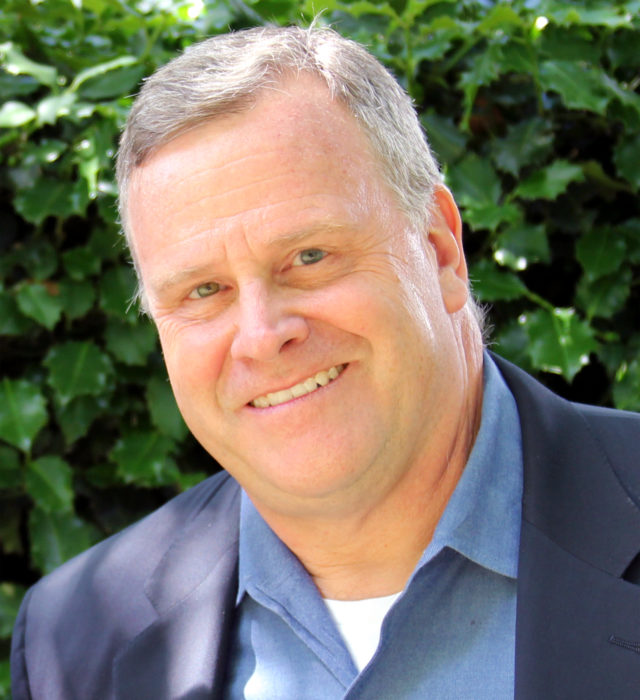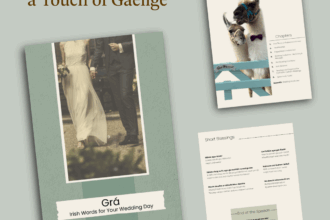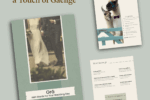Christopher Nolan’s Dunkirk emerged as the most popular movie ticket in the world on its opening weekend. Grossing over $366 million worldwide, the film is holding strong at the number 2 spot nearly a month after it’s release.
A mega-hit, Dunkirk clearly strikes a chord with audiences everywhere, capturing their hearts and minds while exposing them to the perils of war. Audience sizes for Dunkirk have outpaced most other major Blockbuster movie crowds this summer, including those for Baby Driver, Planet of the Apes and Transformers.
As a historian I find it encouraging that people in the 21st Century are still interested in the events of the past. Dunkirk took place in 1940 and was central to the British experience of the war but is less well known among Americans. Nor was Dunkirk either glorious or a victory. As Churchill said (quoted effectively at the film’s conclusion): “Wars are not won by evacuations.”
What does explain the tremendous popularity of this film? Why should an English retreat still have the power to capture new generations of moviegoers? Nolan’s film-making technique deserves enormous credit. He paints the Dunkirk disaster with vivid colors and portrays the human misery that defined the event. Harry Styles’ legion of young fans has broadened the film’s appeal. Nolan’s film is short on dialogue, short on plot and Nolan refuses to place the viewer into any kind of historical context. Nolan, however, excels at presenting visceral and emotionally compelling action about the horrors of modern warfare.
If you seek a more conventional telling of the Dunkirk story there is always the 1958 black and white Dunkirk (www.amzn.com/B00H2EO4AO). This film stars John Mills and Richard Attenborough. It also features the fine actor Bernard Lee who played “M” in many Bond films. It is a good telling of the Dunkirk story that does provide historical context for the events of Dunkirk.
An Army is supposed to provide defense and protection for a nation’s people. At Dunkirk it was the people who came to the rescue of their army. The mosquito fleet sailed the Channel to bring their boys home. Prior to Dunkirk, Britain remained a divided nation. Many Britons were unsure what to make of the Phoney War or “Sitzkrieg” that endured from the fall of Warsaw in September 1939 until the invasion of France and the Low countries in May of 1940. Dunkirk brought Britain together in much the same way that Pearl Harbor brought Americans together.
The “All Pulling Together” unity of World War II is today a distant memory. We are divided politically and in many other ways. More than 300 million Americans pursuing happiness (or misery) in their own individual way.
Moreover, today there is a disconnect in the West between the people and the defense forces that fight and, sometimes die, to preserve their liberties. Only around one percent of the American population serves in the military or defense industries. Thousands of lives have been lost and trillions of dollars have been spent fighting the War in Afghanistan but the media pays scant attention. The war in Afghanistan is now the longest running war in American history. Senator McCain is right to point out that, “More than six months after President Trump’s inauguration, there still is no strategy for success in Afghanistan.”
The success of Nolan’s Dunkirk is a sign of our deep nostalgia for the unity and certitudes of World War II.
**
Christopher Kelly, an American history writer based in Seattle and London, is co-author with English historian Stuart Laycock of America Invaded: A State by State Guide to Fighting on American Soil (August 2017). Other titles by Kelly and Laycock include America Invades: How America has invaded or been Militarily Involved with nearly every Country on Earth and Italy Invades: How Italians Have Conquered the World. Kelly has also edited An Adventure in 1914: The True Story of an American Family’s Journey on the Brink of World War I. His articles and op-eds have appeared in publications including USA Today, Investor’s Business Daily, the New York Daily News and the San Francisco Chronicle, and he has conducted more than 200 radio interviews.









